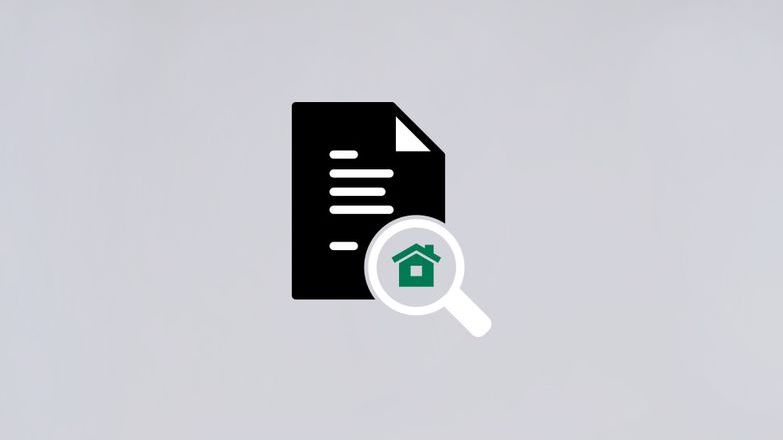
The Tenancy Deposit Scheme (TDS) regularly sees deposit dispute cases where tenants agree to deposit deductions after they have been given a full explanation of why the deductions are being made. There are cases, however, where the tenant challenges the deduction simply because they haven’t been given all the facts.
This doesn’t just apply to deposit deductions; you need to apply the ‘more is better’ approach to detail at each stage of the tenancy deposit process starting at check-in and inventory. If you put the work in at the start, the benefits will pay off later if you need to provide evidence in a deposit dispute.
Capture a detailed report at check-in
It is essential that you capture a detailed report about the condition of the property when carrying out the check-in inventory. This should go further than a general statement about cleanliness. Make sure you note if the property has been professionally cleaned or recently decorated and whether there are (or aren’t) any odours, surface markings, or exterior conditions to be aware of. If you don’t have detailed notes, you will not be able to prove any change in condition at the end of the tenancy. If you can, take dated photographs too.
A good way to record this level of information about the property is with the Inventory Hive app. It provides a useful checklist and will remind you of what detail you need to capture and when.
During the tenancy
It’s important to capture detail and document changes during the tenancy, too. For example, if a landlord agrees that a tenant can paint a wall, what colour was agreed? To what standard should it be applied? Should it be professionally painted? Does the tenant need to return it to the original colour at the end of the tenancy? Being this specific with the detail will make an end of tenancy run much more smoothly.
At check-out
As at check-in, it’s imperative you record the same level of detail when inspecting the property at the end of the tenancy. Dated and annotated photographs help to illustrate any points made in the notes. Similar to check-in, there are ways to make this end of tenancy process easier. Find out more at The Depositary.
Deposit deductions
If the property and its contents have not been returned in the condition expected (allowing for wear and tear), you may decide to deduct from the tenant’s deposit. In this case, agents should explain to tenants why they plan to deduct from the deposit in sufficient detail. The easiest (and most successful) way to do this is with the TDS deposit deductions template, which sets out your proposed deductions to tenants when negotiating.
You should also point tenants to useful guides and information that helps them to understand what their responsibilities are, what is considered wear and tear and what they need to know about the lifespan of products. In many cases, this will explain in simple language why you are deducting from the deposit and help to avoid any challenge or dispute.
Deposit dispute claim evidence
If the tenant decides to challenge the deduction and a dispute claim is raised, you will need to present evidence to the adjudicator. If you’ve followed best practice at the start and end of the tenancy in the inspection and inventory reports, you can simply upload that to the TDS evidence portal. To strengthen your case, make sure you include copies of quotes and receipts to support any remedial work or purchases made or planned. Again, the more detail you can provide, the better.
TDS case study
This case study shows how useful clear information, evidence and explanations are in resolving (and preventing) tenancy deposit disputes. In this case, the agent claimed for cleaning, gardening, and a damaged armchair. The agent didn’t give any explanation to the tenants as to how the deduction amount had been calculated or about the lifespan of the sofa and, as a result, they challenged the deduction.
When the agent submitted their claim and supporting evidence, they used the TDS Deposit Deductions Template to set out what they wanted and why. It was quick and easy for the agent to complete and it helped them present their case in a logical manner. They provided an email address for the tenants, copies of the check-in and check-out reports, along with accompanying invoices and estimates.
The agent’s claim and evidence appeared in the TDS disputes evidence portal, which the tenants can also access. TDS emailed the tenants to invite them to view the evidence, giving them ten working days to respond to the dispute.
Over the following ten days, the tenants viewed the evidence, email correspondence, and the TDS product lifespan guide. The ten days passed and the tenant did not challenge the dispute further. The adjudicator awarded the amounts claimed to the agent and landlord.
If you would like to know more about how easy it is to switch to TDS visit Why Switch.
TDS Lounge
At TDS, resolving disputes is not just about us making adjudication decisions, but also about giving you the tools to make those end of tenancy negotiations easier and avoid disputes from occurring. Visit the TDS Lounge to learn more about the free resources available to TDS customers.
TDS: Easy tenancy deposit protection
Tenancy Deposit Scheme (TDS) is the only not-for-profit, Government-approved tenancy deposit protection scheme offering both FREE Custodial tenancy deposit protection and Insured tenancy deposit protection.





